Step-by-Step Guide to the ECU Remapping Process
What is ECU Remapping for Agricultural Vehicles?
ECU (Engine Control Unit) remapping is when the software within a vehicle's ECU is altered in order to improve performance, drivability and fuel economy.
In agricultural vehicles (tractors, harvesters, etc.), remapping allows you to configure the engine output specifically for the job you are doing. For example, if you are ploughing or towing, you may require more low-end torque. If you are drilling or cultivating, you may require more power throughout the rev-range.
Agricultural ECU tuning is becoming increasingly popular in the UK because it means farmers do not need to spend lots of money on new equipment, instead they can get more power and reliability from machinery they already own!
Step-by-Step Process of ECU Remapping
Step 1 – Initial Diagnostics and Testing the Engine:
A full diagnostic scan of the engine is performed to check for any existing problems. If there are any faults, they need to fixed, before remapping can begin to reduce the chance of further problems with the tuning process.
Step 2 – Downloading the ECU Map:
The ECU map is downloaded from the ECU using OBD, or bench tuning techniques. The map contains various parameters for fuel injection, turbo boost, ignition timing, and others.
Step 3 – Modifying the Map for Agricultural Use:
The technician modifies the ECU map to suit the agricultural vehicle. For example, you could be told to increase low end torque so a tractor does not stall when it is pulling a plough through a field, or you could be told to increase the power of the engine for heavy-duty activity that requires constant power use. At this stage, it is crucial for a technician to have a thorough knowledge not only of the software, but also of the machinery!
Step 4 – Uploading the Map into the ECU:
The modified ECU map is uploaded into the ECU. This effectively reprograms the agricultural vehicle to run based on the performance mods relevant to farming type tasks.
Step 5 – Post-remap Testing and Optimisation: After the map has been installed, the vehicle must be checked against an original map and/or run on a dynamometer and checked for objective factors such as, engine speeds or temperatures. The tuning parameter settings can then be optimised as per volume and how the operator will be using it on the agricultural job.

